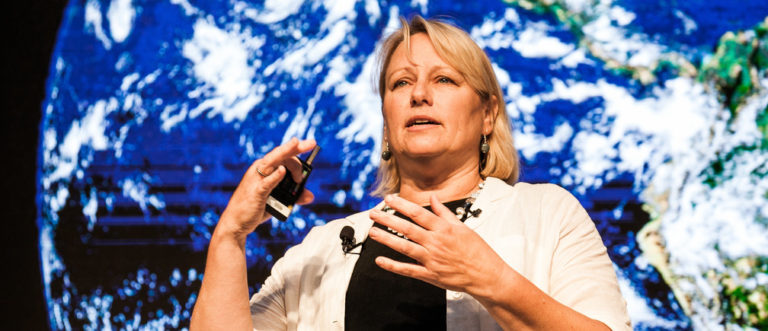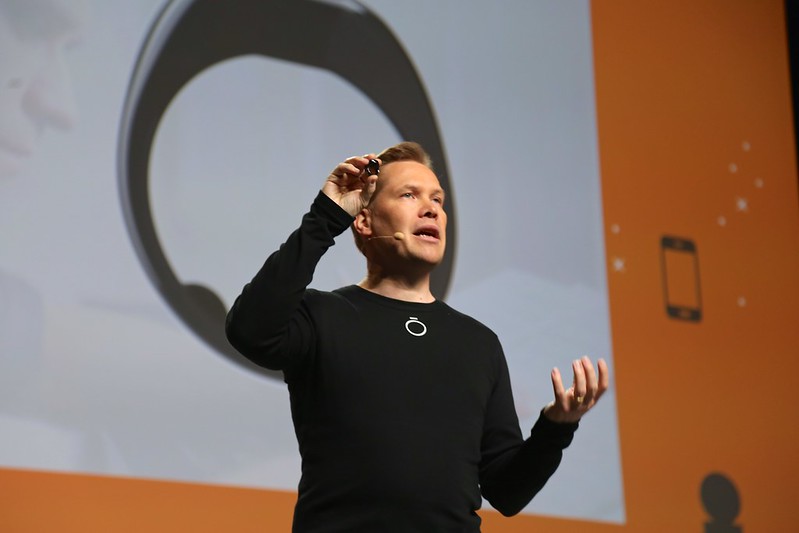More efficient ways are desperately needed to alert individuals or public places to COVID-19. To put it another way: Better COVID-19 “detectives” are wanted. Coming soon, personalized jewelry and smart canines may be the answer.
To begin with, COVID-19 is likely to be with us for a long time. We know that those with serious positive cases suffer greatly and that even with hospitalization, mortality rates are not insignificant. And this is especially true for those with pre-existing conditions or the elderly.
Today, societies try to contain COVID -19 spread mainly by taking a person’s temperature, asking about symptoms, basing the decisions on respiratory viral testing, often by collecting a swab sample. Viral test results are provided either very or not so very quickly, and “mostly” with reliable determinations.
It should be noted that a complementary process has evolved relying on antibodies in blood samples. The antibodies only show if there was past infection with the COVID-19 virus, but does not provide a way to determine if a person is currently infected.
However, there are new experiments and developments with antibodies that may provide possible defenses, namely antibodies from persons infected. There is also new research looking to Peruvian llamas, whose blood contains antibodies that could bind to the spike COVID-19 proteins and thereby prevent or limit infection.
While viral tests are a reasonably reliable way to determine if a person is currently infected, they are no guarantee of what happens afterward.
Like a corporate balance sheet, the viral test only indicates what was and is known about infectious status at a given point in time. For a company, the balance sheet does not show what happens in the weeks and months that follow.
Similarly, for COVID-19 and a viral test. Once out the door, the information is dated. If that person goes to a beach, a large religious service, a political rally, or protest and comes in contact with someone infected, all bets are off.
Frequent testing is required to be sure one is free of negative infections. This poses a major dilemma for a person anxious to protect family members or co-workers and neither able nor wanting to test on a regular basis. In short, this is a real-life problem affecting the workplace and social cohesion.
If there is a positive COVID-19 result, then “detection” is done through contact tracing to further contain the spreading infection. But this tool for detection is easier said, than done. And COVID-19 “detectives” are perceived as intruding on one’s privacy.
In New York City, the Big Apple, with experience in handling epidemics such as measles and Ebola, 3,000 workers were hired for COVID-19 contact tracing. A “privacy” problem immediately arose: “Only 35% of the 5,347 city residents who tested positive or were presumed positive for COVID-19 in the program’s first two weeks gave information about close contacts to tracers, the city said in releasing the first statistics.” In other words, most people were unwilling to share information.
Fortunately, technology and science are coming to the rescue: COVID-19 is ushering in a new era of urgent innovation. Our time is like that of the Second World War which produced the first digital computer, rocket technology, and availability of penicillin.
Today there is another burst of human ingenuity responding in the face of global adversity. This view mirrors the perception of the World Economic Forum COVID Action Platform, and the private sector which, for example, in order to “take advantage of the groundswell of technological creativity and scout for new COVID-inspired strokes of genius, the California 3D modeling company CAD Crowd has launched a month-long prototypes competition”.
Clearly worldwide, technological expertise is driving COVID-19 related innovation, with any number of concepts under development, design, or in phases of testing. In short, numerous public and private sector incubator startups and bench scientists are searching for ways to lessen the current burdensome ways to know virus status, avoid its spread, and allow us to take off the mask so to speak, reduce social distancing: No COVID-19 detectives needed.
The Oura Ring: The Promise of an Early-warning Wearable Device
One of those creative and promising technological possibilities comes “out of the cold”. From Finland, a healthcare startup proposal has emerged which is under study at two universities, the Rockefeller Neuroscience Institute at West Virginia University (WVU Medicine) and the University of California, San Francisco (UCSF). Both are studying whether an easy-to-wear Finnish finger ring can detect early signs of COVID-19.
The company, Ouraring.com, was created in 2013 to produce the “Oura Ring” not specifically for COVID-19 but to collect physiological data that is readily downloaded on a smartphone app. The collected data apparently can predict the onset of symptoms related to the COVID19 virus, such as fever, cough, or shortness of breath. The convenience of a wearable “detective”, but how reliable?
The WVU Rockefeller Neuroscience Institute says that such wearable health-tracking devices can predict coronavirus-related symptoms as far in advance as three days before they show up, with 90% accuracy. Michael Snyder, a Stanford geneticist who leads the university’s study, has shared early results that showed heart rate anomalies showed up in one case nine days before any detectable symptoms.
According to WVU Medical, the first phase of this study was launched in collaboration with Oura Health and is currently deployed in more than 600 healthcare professionals and first responders. The institutional collaboration effort is considerable: The Rockefeller Neuroscience Institute is working with national partners at Thomas Jefferson University in Philadelphia, Vanderbilt University in Nashville, and other institutions across West Virginia, New York City, and California. One 28 May 2020, it announced that it would quickly scale this effort to more than 10,000 participants.
Under the UCSF direction, approximately 2,000 healthcare professionals will begin wearing the rings during the study. And even the U.S. National Basketball Association and celebrities like Will Smith are on board with the Oura Ring. device.
Most marriage ceremonies include a vow “until death do us part”. The Oura Ring is designed precisely to avoid that unfortunate outcome.
Another Path: One Health and Scent Detection Dogs used as Smart COVID-19″Detectives”
Creative COVID-19 detection efforts are not limited to high tech technology. As Dr. Suzan Murray put it in May 2020 in describing the One Health concept on the World Economic Forum COVID Action Platform:
“Over the last 10 years, we’ve learned a lot about how closely interlinked human and animal health are. There are many drivers of disease emergence and both the number of drivers and their rate of occurrence are increasing. Human activity is a common factor to many of these – just think of changes in land use like deforestation, or expanding cities bringing high human population densities closer to previously wild areas. Increasing the likelihood that new or unknown diseases could be passed on.”

Translating concept to practice, a pilot veterinary research project is underway using scent detection dogs, animal “detectives”, to discriminate between samples from COVID-19 positive and COVID-19 negative patients, a process called “odor imprinting”.
Dogs have up to 300 million smell receptors (humans only 6 million) and this unique capability has been used in multiple ways. Security services around the world use trained dogs to detect explosives in airports, buildings, and public places, and individuals look to scent alert dogs to warn of an oncoming epileptic seizure.
The 2020 COVID dog study is a partnership between the University of Pennsylvania and the U.S. Army Combat Capabilities Development Command Chemical Biological Center, an example of how academics and a defense organization can do common cause. Positive results could mean that COVID-19 patrol dogs could affect social distancing rules, allowing greater comfort in dealing with public spaces.
In sum, the combination of technological innovation and multi-disciplinary One Health knowledge accumulation and application (human and animal research and the impact of environmental changes), will be how we better detect and contain COVID-19. Such breakthroughs will make us all better equipped to deal with the next known or unknown virus that potentially threatens to be the next epidemic or pandemic.
Editor’s Note: The opinions expressed here by Impakter.com columnists are their own, not those of Impakter.com. —In the Featured Photo: Petteri Lahtela co-founder of Oura Ring at LAUNCH Festival 2015 in San Francisco. Photo by Jyri Engestrom










